16 Weird and Wonderful American Historical Facts You Definitely Didn’t Know

America’s past is more than just textbook battles and founding fathers—it’s a treasure trove of bizarre, delightful, and downright peculiar stories that don’t always make it into the history class spotlight. In this blog post, we’re diving into 15 wonderfully weird facts about American history that are guaranteed to tickle your brain cells and maybe even win you a round at your next trivia night.
Ever heard of the Great Molasses Flood of 1919? Yep, a 2.3-million-gallon wave of sticky sweetness barreled through the streets of Boston, causing chaos and sadly, some casualties. Then there’s President Calvin Coolidge, who had a pet raccoon named Rebecca that roamed the White House grounds like she owned the place. Or how about the time a chicken named Mike lived for 18 months without a head and toured the country as a sideshow star?
From town-naming duels decided by coin tosses to the invention of the doughnut hole, American history is jam-packed with curious characters and oddball events that prove truth really is stranger than fiction.
So grab your metaphorical top hat and time machine—let’s journey through these 15 quirky moments that made the U.S. a little weirder, a lot more fun, and entirely unforgettable.
1. The Great Molasses Flood
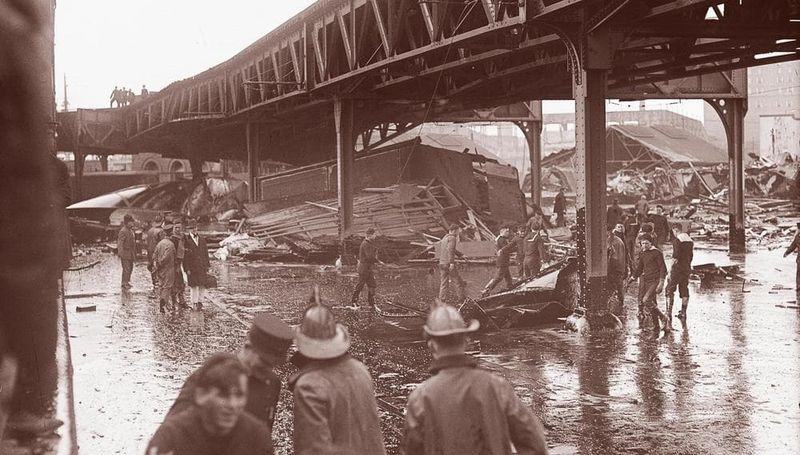
Ever heard of a sticky situation that turned deadly? In Boston, 1919 was the year of the Great Molasses Flood. Picture this: a ginormous storage tank bursts, sending a 35 mph wave of molasses cascading through the streets, causing destruction and chaos. Tragically, 21 people lost their lives, and countless others were injured in this bizarre catastrophe.
This event was a sweet but sobering reminder of the unexpected dangers lurking in everyday life. The molasses, meant for alcohol production, became an unyielding force, inundating the city with its sticky embrace.
Cleaning up this sugary mess took months, with the effects lingering long after the streets were cleared. It’s a historical tidbit that leaves a bittersweet taste, quite literally, in the annals of American history.
2. The Shortest Presidential Term
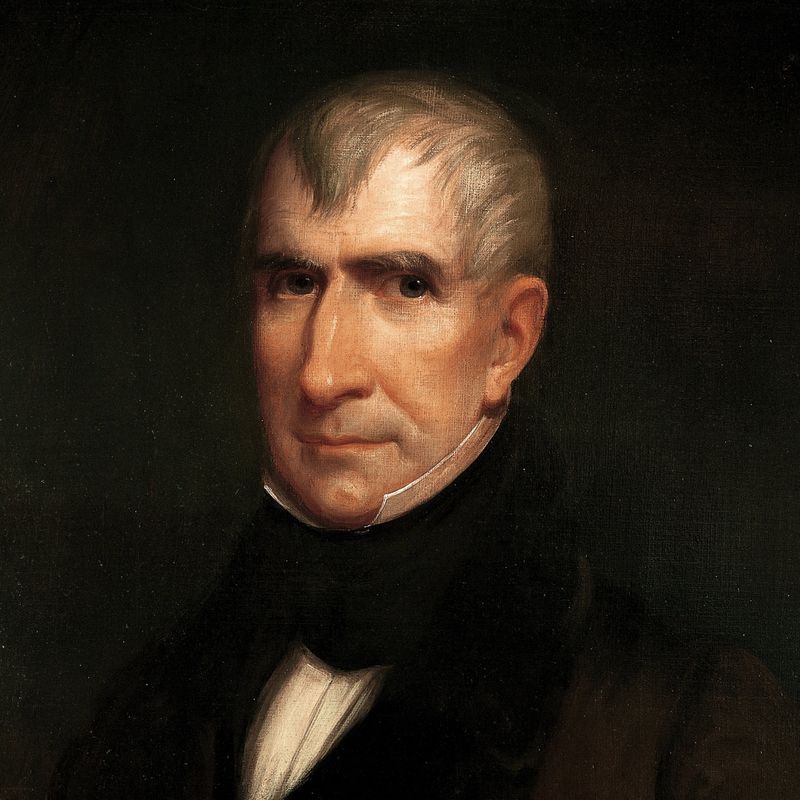
Presidential terms are usually remembered for their policies and achievements, but William Henry Harrison is famous for something quite different: his brief stint in office. Harrison served just 31 days as the 9th President of the United States before succumbing to pneumonia in 1841.
Harrison’s term began on a promising note, but fate had other plans. His inaugural address, the longest in history, was delivered on a cold, wet day without a coat. This bravado cost him dearly, as he caught a chill that developed into fatal pneumonia.
His death prompted constitutional questions and set precedents for presidential succession, marking a significant moment in U.S. history. It’s a poignant tale of ambition and irony, where a promising leader’s time was cut tragically short by the very weather he braved.
3. Thomas Jefferson’s Swivel Chair
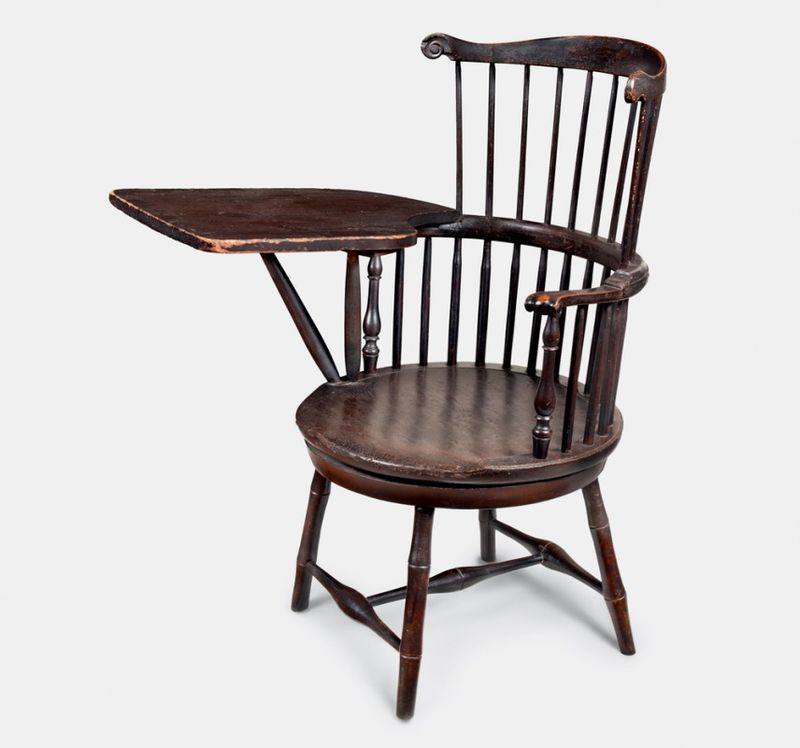
Let’s twist and shout about Thomas Jefferson’s contribution to office furniture! When drafting the Declaration of Independence, Jefferson wasn’t just thinking about liberty—he was revolutionizing sitting. He invented the first swivel chair, a comfy contraption that allowed him to pivot with ease.
This invention wasn’t just a small comfort; it symbolized Jefferson’s forward-thinking nature. As he penned profound words that would shape a nation, he also found time to improve the mundane.
Today, we take the swivel chair for granted, but Jefferson’s original creation reminds us that innovation often starts with personal necessity. It’s a quirky piece of history that spins its way into our everyday lives.
4. The First Ambulance Service
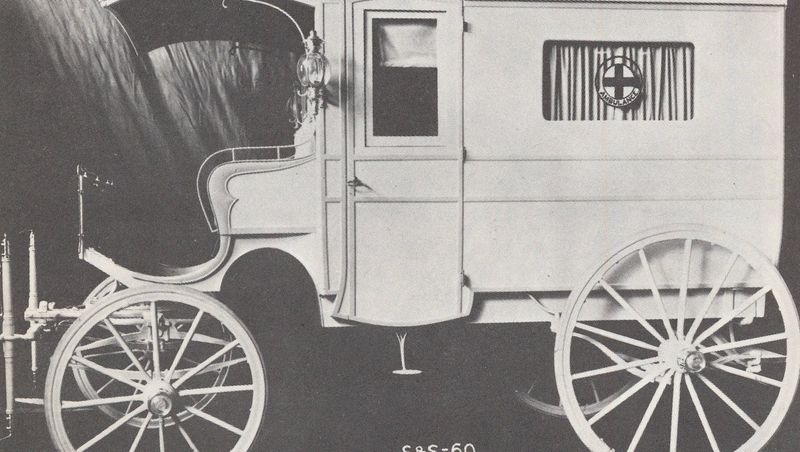
Need a lift to the hospital? In 1865, Cincinnati introduced the first ambulance service in the United States, a revolutionary idea at the time. These horse-drawn carriages were the precursors to the speedy, siren-blaring ambulances we know today.
This service was a game-changer in medical response, drastically improving how quickly patients could receive care. It reflected a growing understanding of the importance of timely medical intervention.
As the first of its kind, this service laid the groundwork for modern emergency services. It’s a comforting thought that Americans have been pioneers in caring for one another, galloping to the rescue even in the 19th century.
5. The Underground Railroad’s True Nature

All aboard the freedom express, but leave your train tickets at home! The Underground Railroad wasn’t a railway at all—it was a secret network of safe houses aiding enslaved individuals in their quest for liberty.
Conductors, often risking their lives, guided countless people to freedom, with routes stretching across states into Canada. It was an extraordinary movement powered by bravery and hope.
This metaphorical railroad stands as a testament to the human spirit’s unyielding quest for freedom. Its legacy reminds us that even in the darkest times, there were those who fought tirelessly for justice and equality.
6. Harriet Tubman’s Role as a Spy
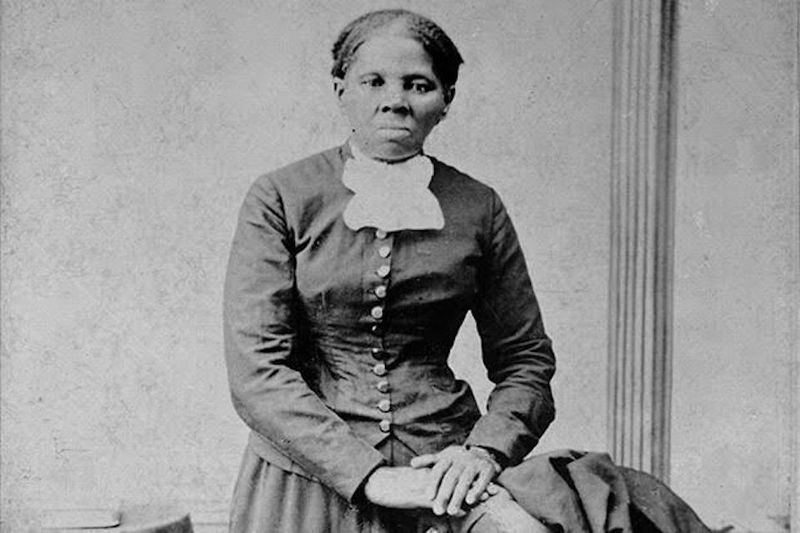
Did you know Harriet Tubman wasn’t just an Underground Railroad conductor but also a top-secret spy? During the Civil War, Tubman worked with the Union Army as a nurse and spy, leading covert operations that freed hundreds of enslaved people.
Tubman’s intelligence missions were vital in weakening Confederate forces. Her knowledge of the terrain and people made her an invaluable asset in gathering information.
Her fearless spirit and strategic mind weren’t just about guiding to freedom—they were about destroying the shackles of oppression. Tubman’s espionage work is a powerful chapter in her legendary life, showcasing her as a true American hero.
7. The Origin of the Democrat Donkey
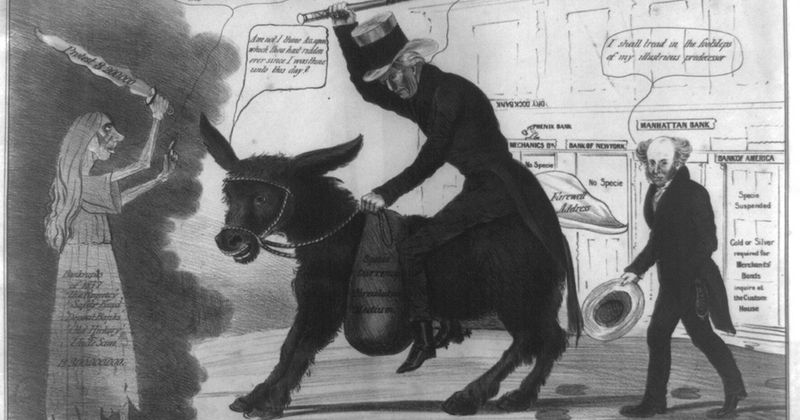
Talk about stubborn branding! The Democratic Party’s donkey symbol traces back to Andrew Jackson’s 1828 presidential campaign. Opponents called him a “jackass,” but Jackson embraced this symbol, using it to his advantage.
The donkey, intended as an insult, became a badge of honor, representing the party’s populist beliefs. Jackson’s clever twist on this derogatory term turned the tables on his critics.
This emblem has endured, embodying resilience and adaptability. It’s a reminder that sometimes, embracing criticism can lead to a powerful redefinition of identity.
8. The First American Cookbook
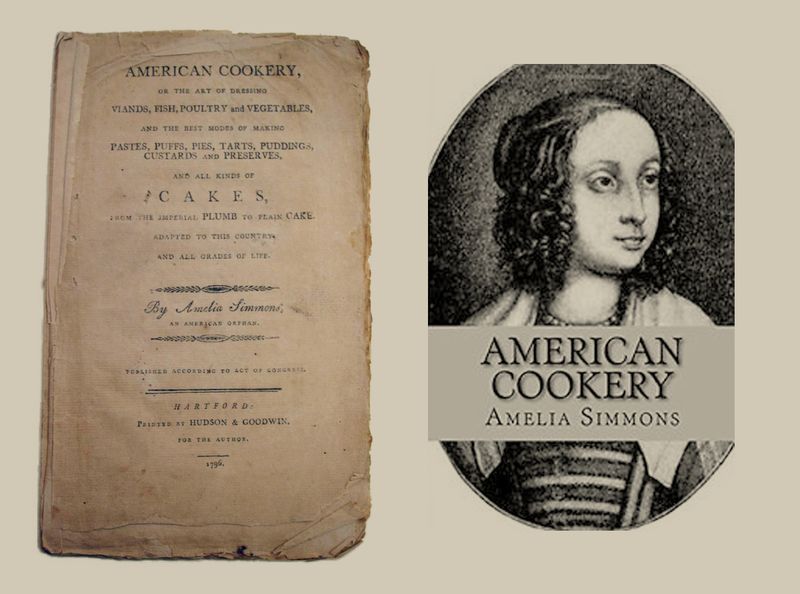
Put on your aprons for a taste of history! “American Cookery,” published in 1796 by Amelia Simmons, holds the title of the first American cookbook, featuring recipes that celebrated native ingredients.
Simmons’ work marked a culinary milestone, encouraging cooks to embrace locally sourced produce and traditional methods. It was more than a collection of recipes; it was a declaration of culinary independence.
As you flip through its pages, imagine the kitchens of early America filled with the aroma of maize and spices. Simmons’ cookbook is a delicious reminder of our nation’s rich culinary heritage.
9. The Original Uncle Sam

Who’s your uncle? If he’s named Sam, he might just be America’s most famous uncle! Samuel Wilson, a meat packer in Troy, New York, supplied the U.S. Army with beef during the War of 1812.
His barrels, stamped with “U.S.”, led soldiers to refer to the meat as coming from “Uncle Sam.” This moniker took on a life of its own, eventually personifying the U.S. government itself.
Wilson’s legacy is a flavorful slice of American history, turning a humble meat packer into a national symbol. It’s a quirky reminder that greatness often stems from humble beginnings.
10. The First National Monument

Rising from the plains like a prehistoric sentinel, Devils Tower in Wyoming became the United States’ first national monument in 1906, thanks to President Theodore Roosevelt.
This geological wonder is steeped in Native American legends and offers stunning vistas that capture the imagination. Its designation marked a commitment to preserving America’s natural wonders for future generations.
Devils Tower stands as a testament to the mystique and majesty of the American landscape. It’s a towering reminder of the nation’s dedication to conservation, ensuring these natural treasures endure.
11. The First Computer
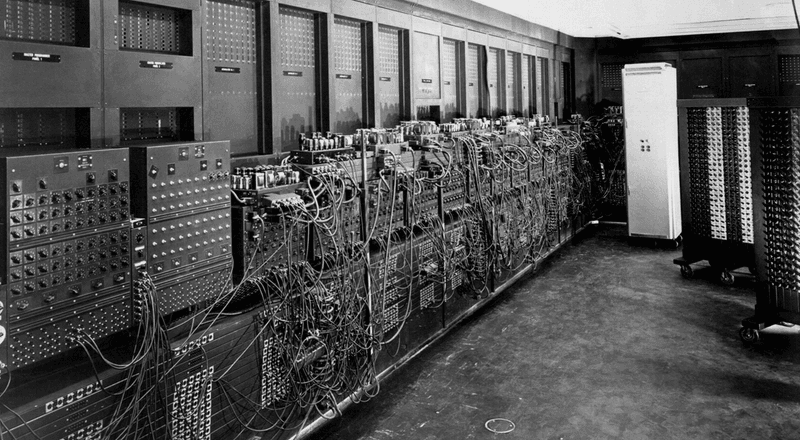
What did your first computer look like? ENIAC, the world’s first electronic computer, was a behemoth built during World War II to crunch artillery firing tables.
This massive machine, occupying an entire room, marked the dawn of the digital age. Developed in secrecy, it was a technological marvel of its time, laying the foundation for modern computing.
As we tap away on our sleek devices today, ENIAC’s legacy looms large, reminding us of the rapid pace of technological progress. It’s an extraordinary chapter in the annals of innovation.
12. The First President Born in a Hospital
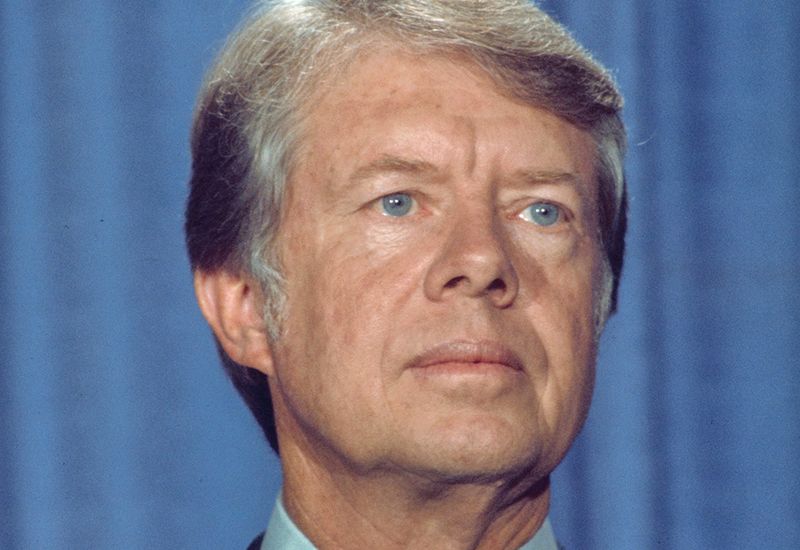
Jimmy Carter, the 39th President of the United States, holds a unique claim to fame: being the first president born in a hospital, in 1924.
Carter’s birth in a Georgia hospital was a sign of the times, symbolizing advancements in medical care and changing societal norms. His presidency was marked by a focus on human rights and environmental issues.
This small detail about his birth adds a humanizing touch to his legacy, highlighting the progress in healthcare that many take for granted today. It’s a piece of presidential history that’s both personal and profound.
13. The First National Park

Nature-lovers owe a debt to Yellowstone, designated as the first national park in 1872, setting the stage for America’s conservation movement.
This park’s breathtaking geysers, wildlife, and landscapes provide a sanctuary for both nature and the human spirit. Its establishment was a visionary move, recognizing the need to preserve natural wonders.
Yellowstone’s legacy is a testament to the foresight of those who understood the importance of protecting such treasures. It remains a beloved landmark, inspiring generations to cherish and conserve the environment.
14. The Mysterious Disappearance of the USS Cyclops

The USS Cyclops, a massive U.S. Navy cargo ship, vanished without a trace in 1918. Known for its size, it could carry up to 12,500 tons of manganese ore. During its fateful voyage, the ship was en route from Brazil to Baltimore. It had a crew of 309 men on board.
The disappearance occurred in the Bermuda Triangle, sparking numerous theories. Speculations ranged from enemy submarines to unusual weather phenomena.
The ship sent no distress signal, and no wreckage was ever found. Its fate remains one of the greatest mysteries in naval history, leaving investigators baffled.
15. Andrew Jackson’s Giant Cheese Party
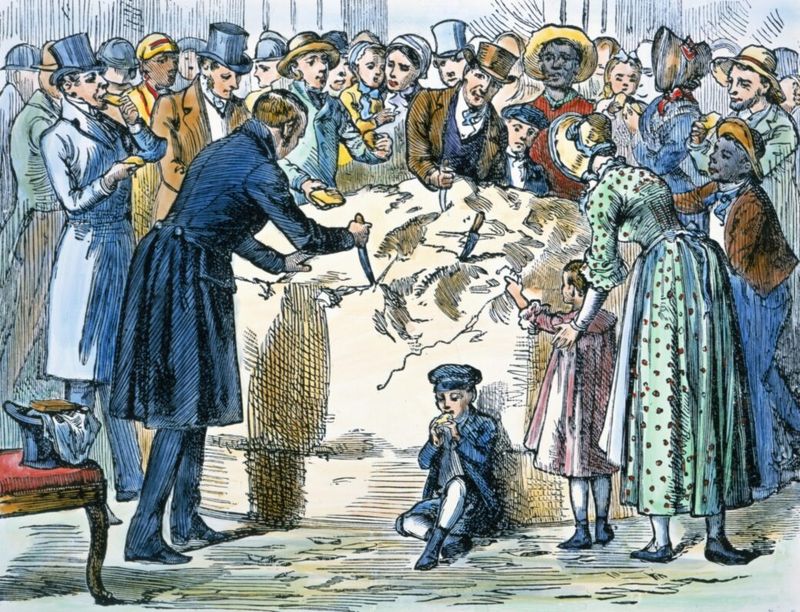
In 1837, President Andrew Jackson hosted a peculiar party at the White House. A massive 1,400-pound wheel of cheese was the star attraction. This gigantic cheese was a gift from a New York farmer.
Jackson invited thousands of guests to enjoy it, and the event became legendary. It was both a social and political gathering, with lively discussions among attendees. The cheese was consumed entirely within hours, leaving a lasting impression on those present. The smell, however, lingered for weeks, becoming part of White House lore.
This cheesy tale highlights the unique and sometimes odd traditions of American politics.
16. The Great Chicago Cow Disease Hoax
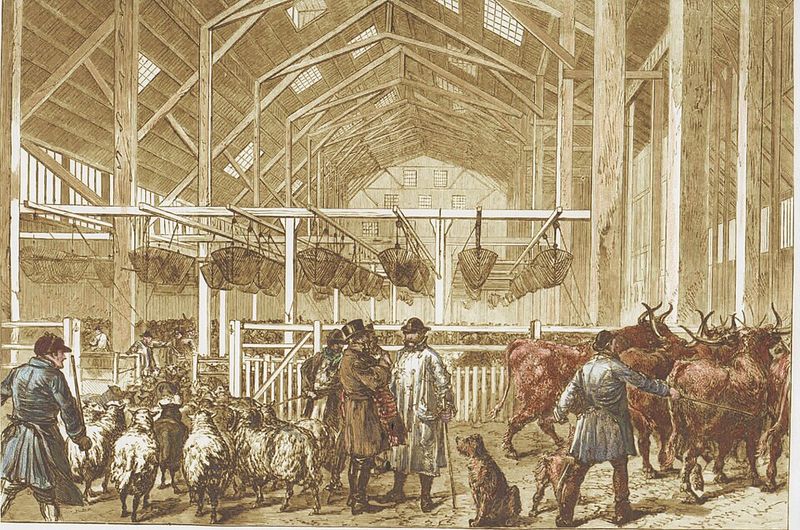
During the early 1900s, panic swept through Chicago over a supposed cow disease. Newspapers claimed that a deadly plague was decimating local cattle herds. Farmers feared for their livelihoods, as the public grew wary of consuming beef.
The hysteria was based on rumors and exaggerated reports. Authorities later discovered there was no widespread outbreak. The incident revealed the power of media in shaping public perception. It also highlighted the challenges of managing misinformation. This forgotten episode serves as a reminder of the impact of sensationalism in history.
Today, it’s a quirky footnote in the annals of American agriculture.
